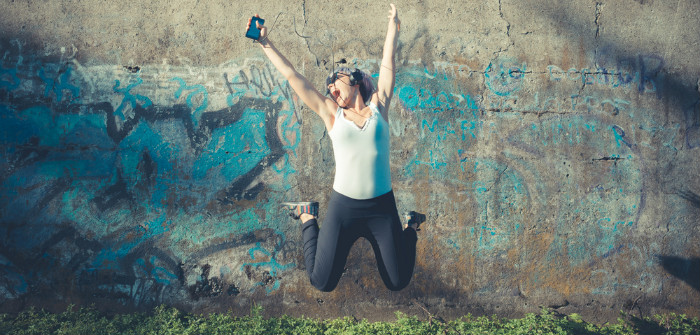Go Back
Jan 07 2014
Dancing Days are Back!

When it comes to exercise, dancing is a one-stop shop for fun and fitness. It improves coordination, flexibility, agility, balance, strength, and cardiovascular health as well as bone strength. And those are just the benefits for the body; there are also several emotional and mental benefits. Jazzercise founder and CEO Judi Sheppard Missett recommends putting on those dancing shoes because dancing addresses the entire wellness spectrum!
Mighty Mind Waltz
Dancing increases focus, reduces stress and releases endorphins, which make you feel happy. Learning, remembering and performing dance steps improves memory and cognitive function, which reduces your chances of getting Alzheimer’s disease. Dance also helps you lose weight and become in tune with your body, which will improve your sense of body image.
Express Yourself!
Moving your body while dancing helps release pent up emotions, which improves self-esteem and reduces stress levels. Dance and the vibrational effects of sound dissolve physical and emotional tension, replacing it with vitality and a fresh view on life.
Go-Go into the Golden Years
Research by Dr. Jonathan Skinner from Queen’s University in Belfast shows dance improves the body’s natural aging process. Skinner found that social dancing promotes continued engagement in life by giving people something to enjoy, reducing social isolation as well as aches and pains.
Jazz Up Fitness
As a weight-bearing exercise, dancing increases the strength and density of your bones. As an aerobic exercise, your muscles are at work for the duration of the routine. This makes dancing a great way to elevate your endurance and promote cardiovascular health. Physical and social activity is important for quality of life, but both are also important for slowing down the negative effects of certain diseases such as diabetes.
Music Makes the World Go ‘Round
Upbeat music makes dancing an enjoyable form of exercise, which inspires return visits. Research has also shown that music triggers memories in people living with severe Alzheimer’s disease.
Let's get to dancing!